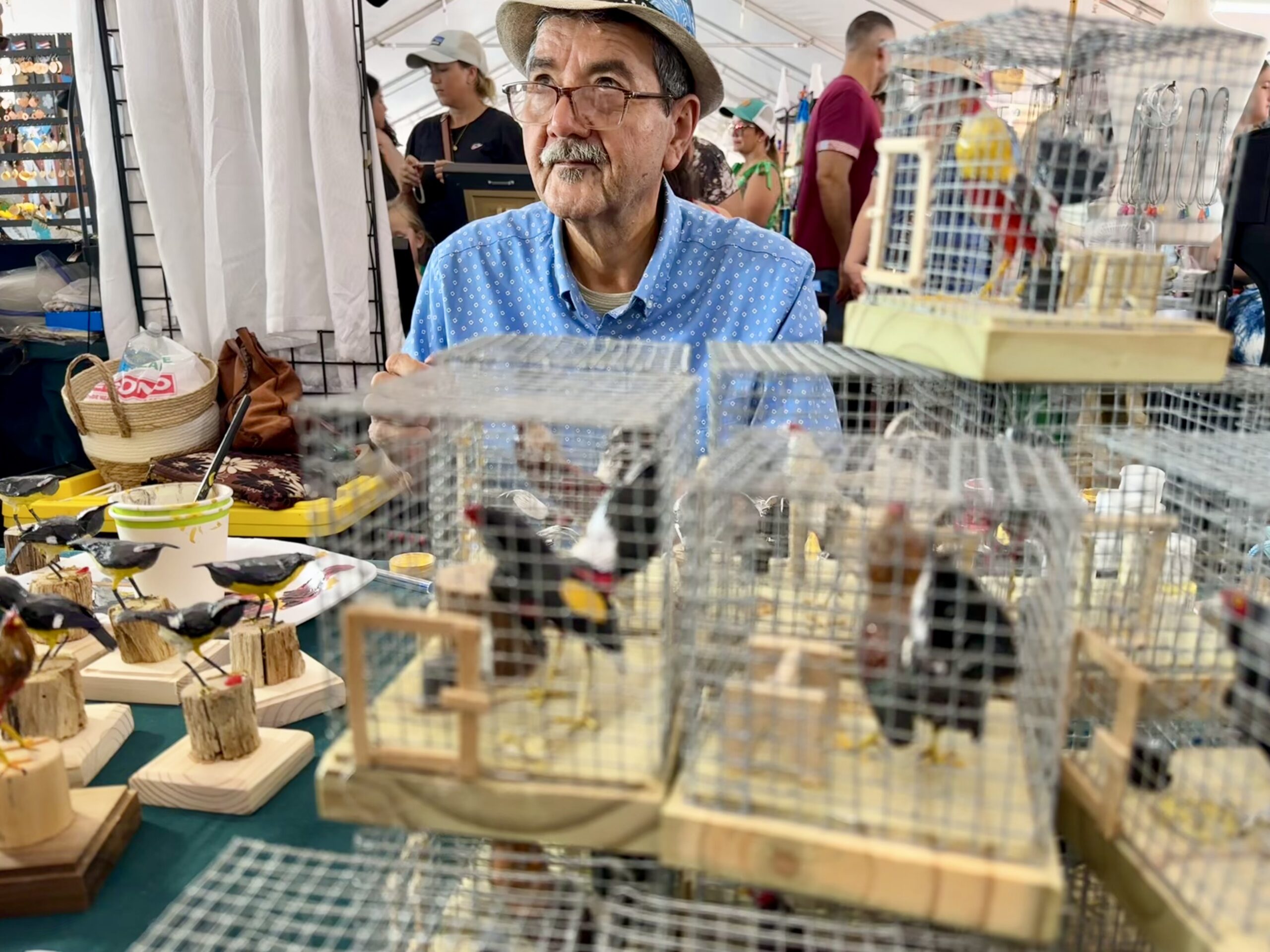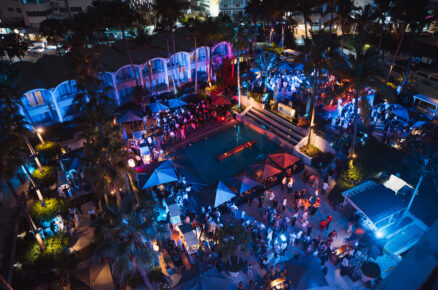On January 17th, 1970 the first “modern” version of the San Sebastián festival organized by Doña Rafaela was held. The modest San Sebastian Festival had but 6 artisans, an art exhibition in front master painter José Campeche’s house, and a small stage on Plaza San José. Not many people came and many of the artisan’s works went unsold.
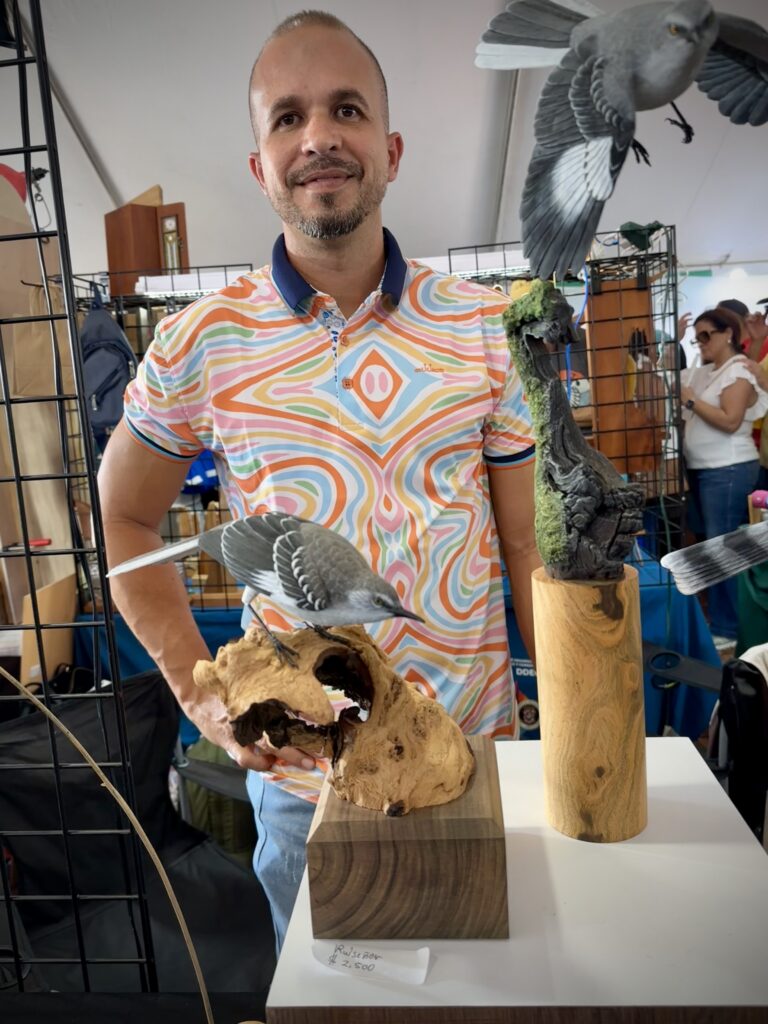
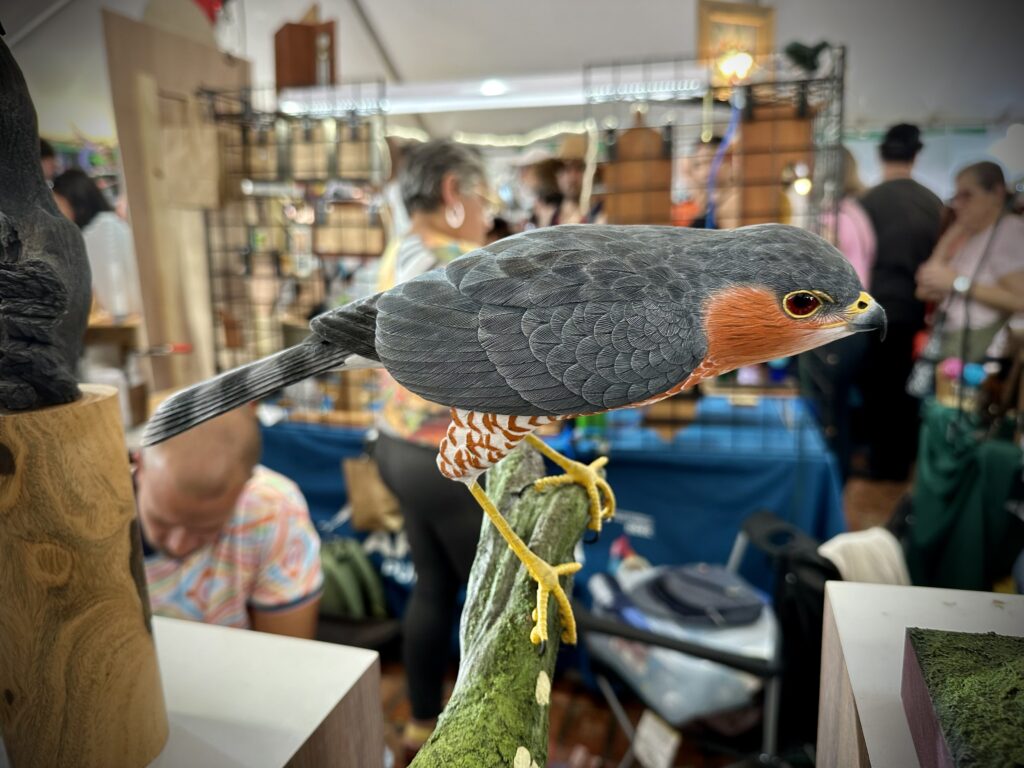
Religious art is a popular theme for both carvers and sculptors, reflecting Puerto Rico’s Spanish heritage.
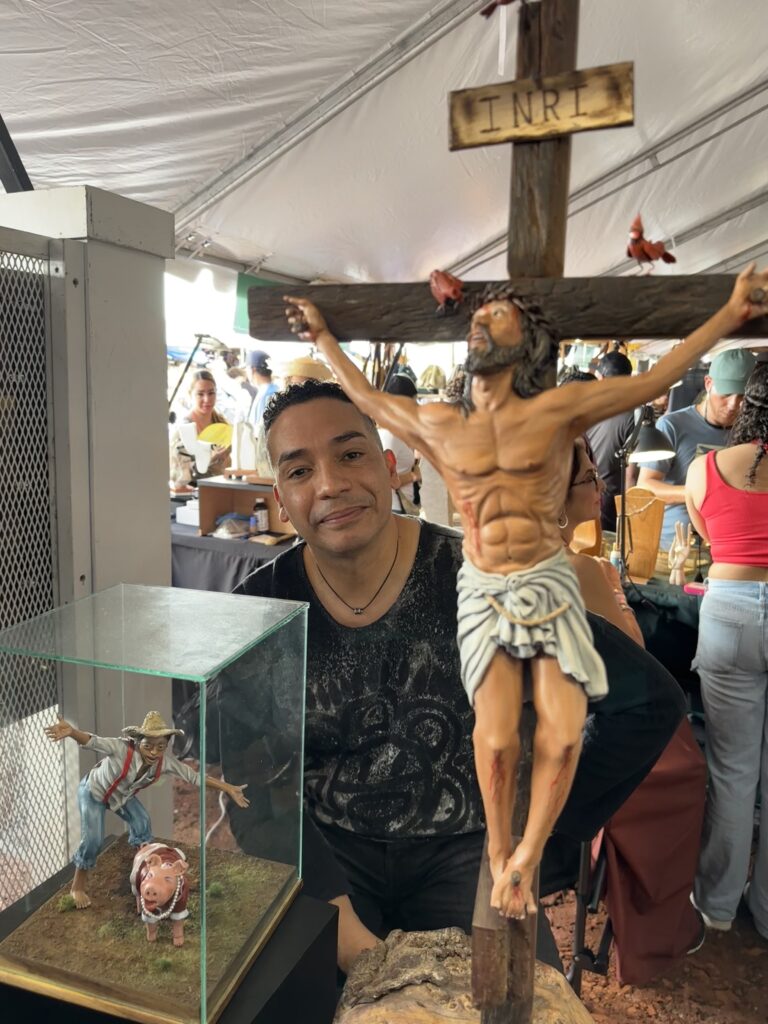
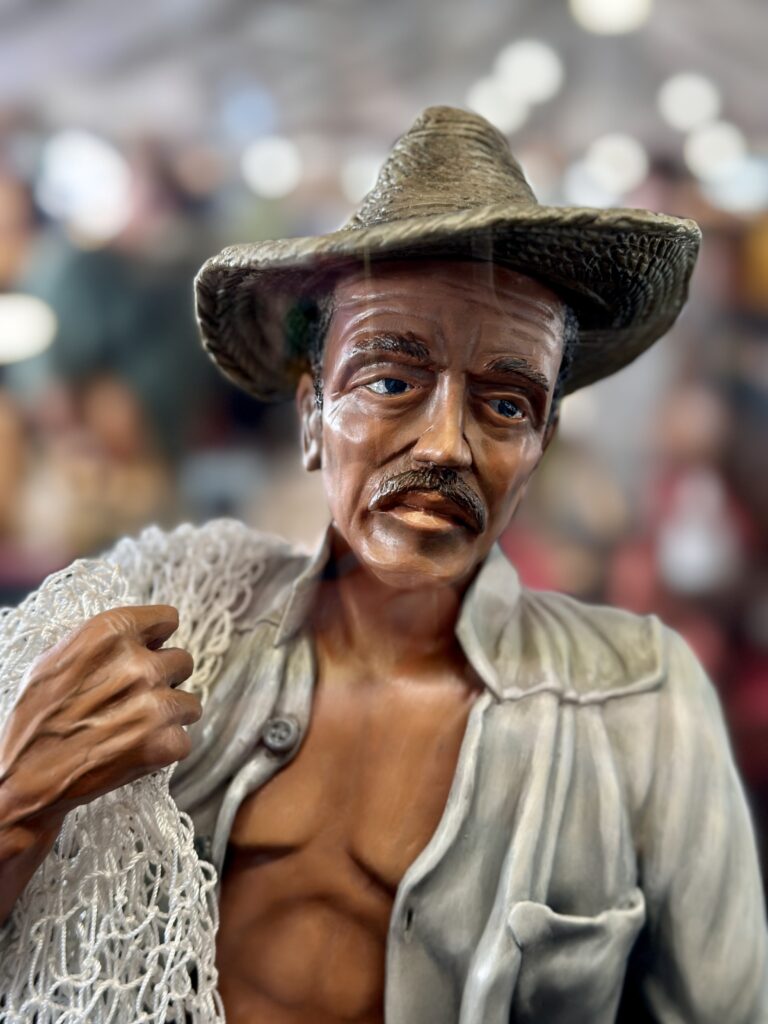
Hundreds of artisans
Jump forward to 2025 and there are now approximately 525 artisans, craftsmen, artists and more exhibiting their work all around Old San Juan. This festival is their “black friday”. For some it represents more than half of their yearly sales. The artisan’s market and the music are definitely the main attractions for this festival that keeps getting bigger. It took only three days to break last year’s record. More than 700,000 people have visited the festival already.
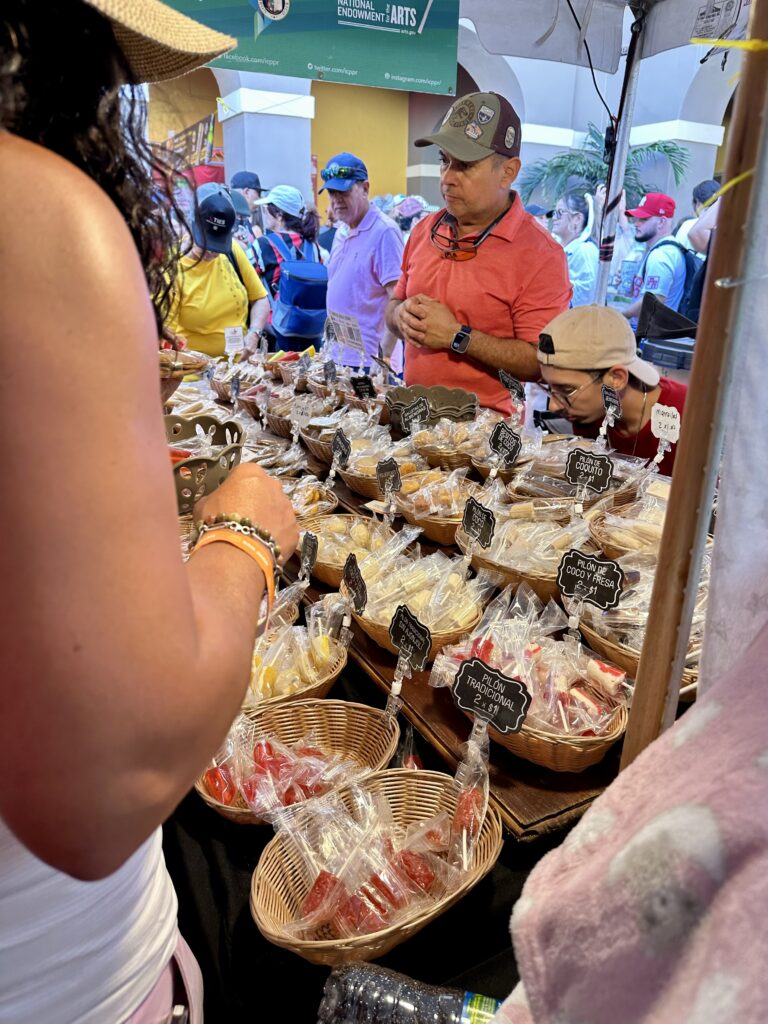
Cuartel de Ballajá is the main market
The main artisan market is in the inner patio of the Cuartel de Ballajá, right next to El Morro. Here more than 200 artisans have small tables filled with their work. The variety is immense. You can find everything from traditional candy to realistic native bird carvings along with leatherwork, pottery, mundillo or delicate bobbin lace, screen printing, original works of art and much more. You’ll also find groups of artisans outside the Cuartel de Ballajá, along San Sebastián street.
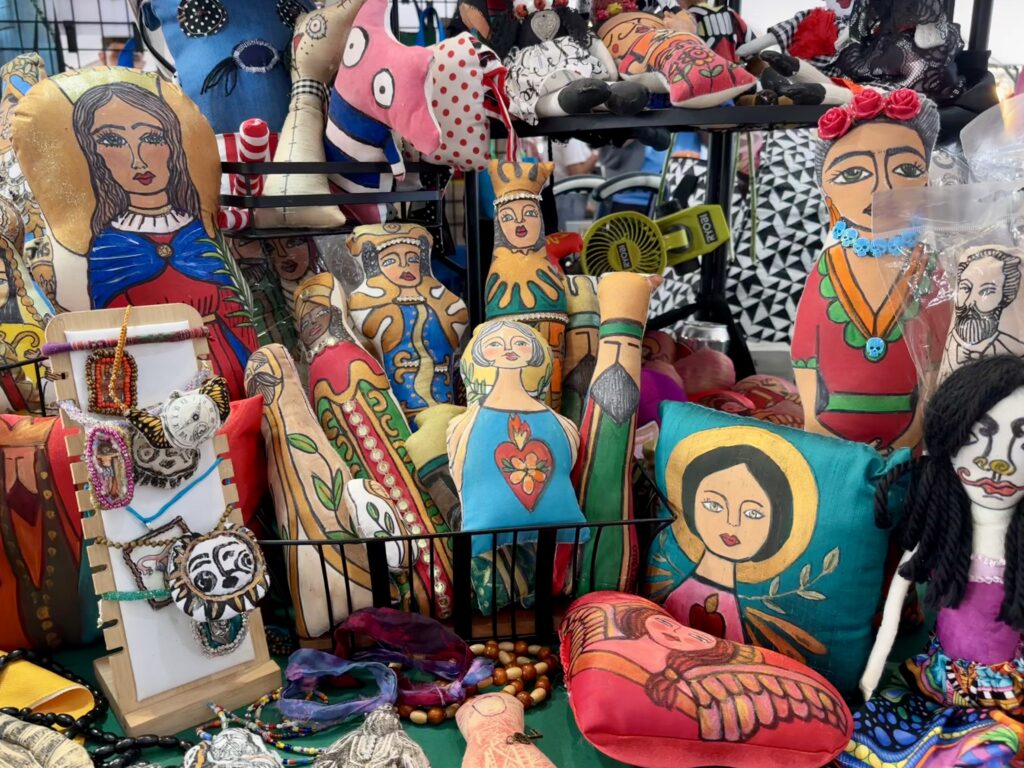
Among the craftsmen it’s easy to distinguish the true artisans. These master craftsmen stand out because they transform their preferred media, be it wood, leather, clay and even seeds into a piece of traditional art. These people qualify as certified artisans and many of them have been practicing almost their entire life.
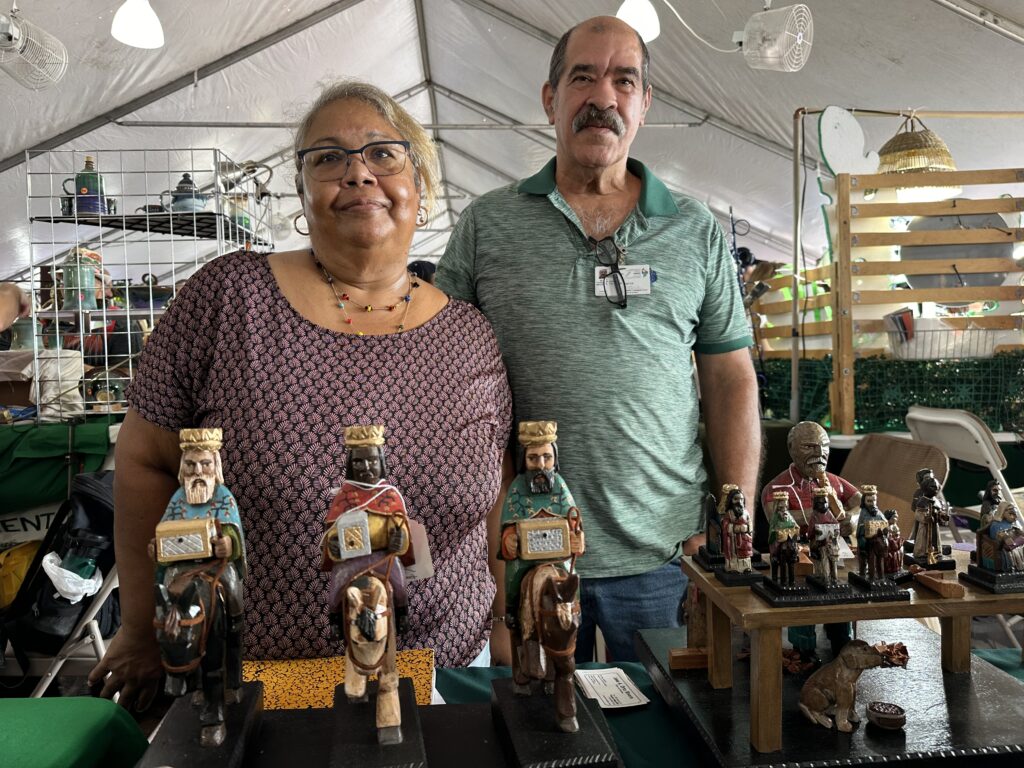
Carved Santos are a traditional favorite
The Santos or small carved religious statues are considered one of the most traditional artisanry. The practice has its origins among the farmers in the mountains. Before cars, getting to the town’s church every Sunday was next to impossible. The solution was to create a small altar in a corner of the modest homes. At first the wooden statues were crudely carved, probably with a machete and never painted.
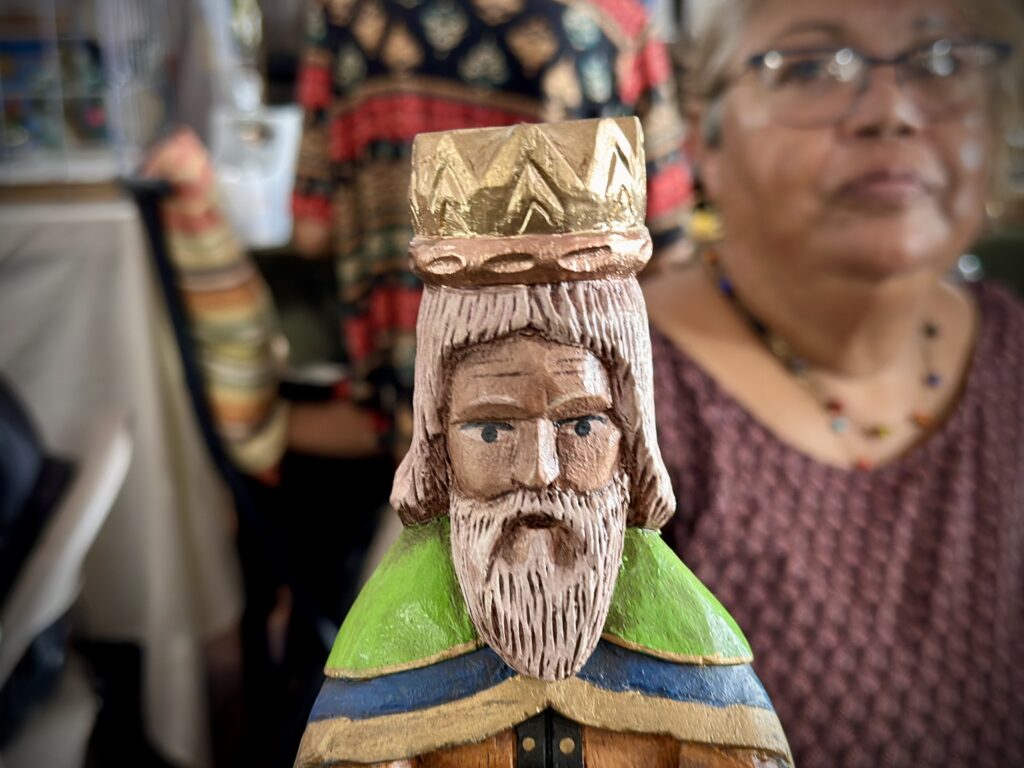
Today, these statues range from basic carvings to amazing works of art. Many people collect the statues and a piece from a master artisan can run in the thousands.
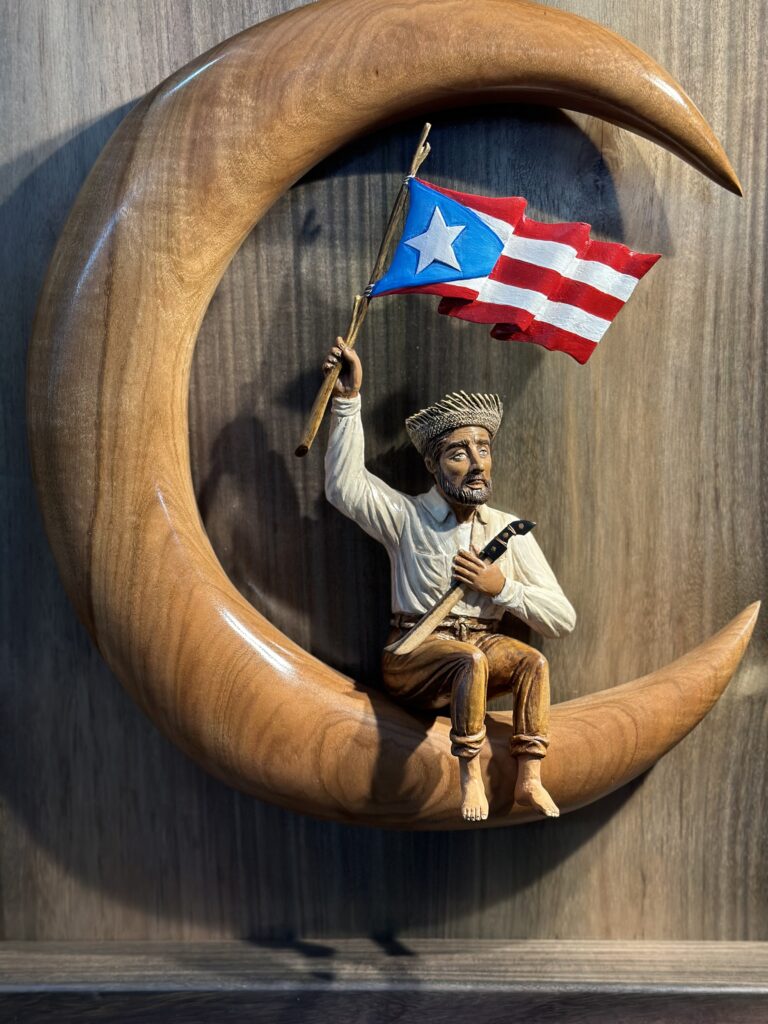
It keeps getting bigger
Next year the San Sebastian Festival will probably be even bigger in attendance and in the area it covers. It’s becoming extremely popular with locals and visitors. Book early to get the best spots!

